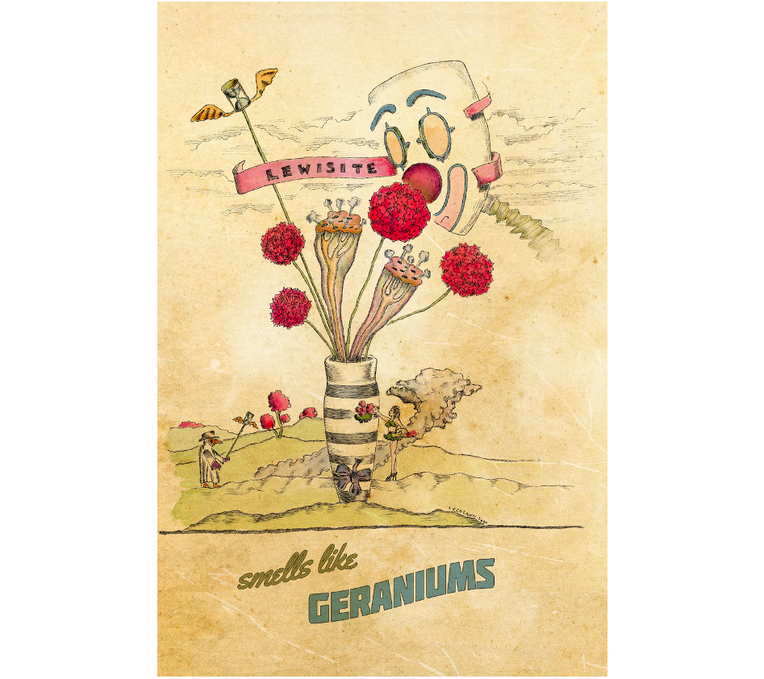Companion Images
From the Series: Graphic Ethnography on the Rise
From the Series: Graphic Ethnography on the Rise

Articles in anthropology tend to derive their authority by reiterating a standard form. The citation of certain prominent—and often, but not always, brilliant—scholars creates a common language, a “debate” if you will, that enables certain forms of “contribution” that publication in anthropology journals require. This performance of mastery trumps content: is a scholar citing the right people? Are they intervening in a current debate? The sad fact is that the form of an article can be reviewed and adjudicated, while the content of ethnographic fieldwork, often in faraway locales, mostly cannot. The question then, is: What are we grasping toward through the form of the academic essay that we pretend is about the content? Why not multiply the modes and gears available to explore and analyze social phenomena?

I’m not especially interested in answering the first question, but I am compelled by the second. My last project, Things that Art (published by University of Toronto Press, 2019), and my forthcoming book, The Lung is a Bird and a Fish, work with the potential of drawing, as an epistemic form in its own right (and not simply a means to represent another object or illustrate a text). My effort in combining text and image is to see how they can, together, work toward conceptual innovations of the kind that have made social theory such a compelling mode of social practice.

Things that Art aimed to draw attention to how meaning-making is a fragile—if powerful—endeavor. I used a standard format across 54 drawings to unpack how naming and grouping, imaging and writing, created paradoxes and contradictions that could then reflect back on semiotics. The logic drew on flashcards and zoos, and questioned that logic and its politics.

The Lung is a Bird and a Fish uses a different approach. To explore and reconstruct a cultural history of breath, I use a range of images (patents, advertisements, art, medical images and graph, and so on) as source materials. I’m interested in these images both in their superficiality: the aesthetics of their contours, colors, and form. But I’m also investigating their histories, content, use, circulation, and production, and their coincidence with other visual culture. I intend my drawings to enter the fray of knowledge-making in a different, companionate, way to the essay.

The implicit suggestion is that what is said or argued cannot be distinguished from how it is presented and communicated. Each form (a newspaper article, a legal document, an advertisement, a photograph) embodies different forms of authority and highlights or disavows the ambiguities, gaps and uncertainties that are an ineluctable aspect of any research project. The goal in the drawings is thus not to illustrate the accompanying text, nor to present an allied thought in a different form. Rather, I want to think about drawing as a separate epistemology: what altogether different modes of thought and feeling emerge from ordering source materials in a drawing rather than in an academic essay? In that way I aim to slightly displace the sovereign author required by academic writing and consider a way to respond to social phenomena in and through images.
Ultimately, decolonizing anthropology requires more than rethinking race, gender, and the other categories the discipline has created, enlivened, ordered, and theorized. Decolonizing anthropology, if that is indeed what anthropologists want, demands a revision of the forms of knowledge production that undergird the making of these classifications and hierarchies.
